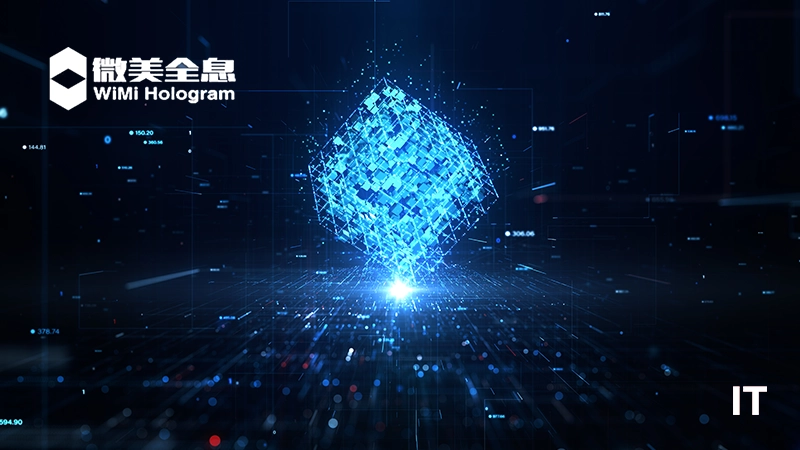WiMi Hologram Cloud Inc., a leading global Hologram Augmented Reality (“AR”) Technology provider, announced that cluster-based sharding blockchain strategy can be used for collaborative computing in the Internet of Things. The cluster-based sharding blockchain strategy is a distributed system designed to improve scalability and processing by partitioning the blockchain network into multiple smaller “slices” or “shards”. This strategy is particularly suited to large-scale networks like IoT, which can involve a large number of devices and transactions. Sharding can be used to decentralize a blockchain network’s data, transaction processing power, or consensus process into multiple independent sub-networks or shards. Each shard handles its own portion of transaction history and current transactions, rather than all of the data for the entire network. Through sharding, the blockchain network is able to process more transactions at the same time, which significantly increases system throughput and reduces transaction confirmation time, solving the bottleneck in traditional blockchain networks.
WiMi also combines dynamic clustering and deep reinforcement learning methods in its cluster-based sharding strategy. Dynamic clustering can be used to intelligently organize and manage these shards. It can automatically and in real-time classify or reclassify devices to form multiple sub-chains or shards based on network status, device resources, functional characteristics, geographic location and other factors, and dynamically assign nodes to different shards to ensure effective utilization of resources and load balancing of tasks, and to improve the processing capacity and response speed of the whole system.
Deep reinforcement learning (DRL) also plays a key role in collaborative computing for IoT by helping the system automatically learn how to optimally perform clustering and resource allocation. DRL models, by continuously experimenting and learning from the results, can discover and implement optimal policies, such as deciding when to re-shard, how to allocate newly added nodes, and how to transfer resources or tasks across different shards, and continuously optimize the sharding policy, resource allocation, and communication efficiency across shards to maximize the overall performance and energy efficiency of the system.
Also Read: Stellar Joins Mastercard Crypto Credential for Verified Blockchain Interactions
Combining dynamic clustering with deep reinforcement learning for intelligent management and dynamic optimization of resource allocation can improve the adaptability, resource utilization, security and scalability of blockchain systems for IoT: DRL algorithm can dynamically adjust the clustering strategy and partitioning structure according to the changes in network status, device loads, and data traffic to cope with the dynamics and uncertainty of the network. Learning the optimal clustering rules and resource scheduling strategies, can reduce data transmission delay and improve computational efficiency while reducing energy consumption. Sharding blockchain can decentralize the attack surface, and each shard independently verifies transactions, which combined with dynamic clustering can further improve the system’s attack resistance. In addition, with the increase of IoT devices, dynamic clustering can easily scale the number of shards, and DRL ensures that it is efficient and orderly.
The cluster-based sharding blockchain strategy combined with dynamic clustering and DRL aims to build a highly scalable, efficient, and flexible blockchain infrastructure for IoT and other large-scale data processing scenarios, which provides an intelligent, efficient, and adaptable solution for large-scale data processing and resource management in the IoT environment. This approach not only improves the processing capacity of the system, but also enhances the security and stability of the system, which is one of the key directions for the future development of IoT and blockchain integration.
Source: PRNewswire
































